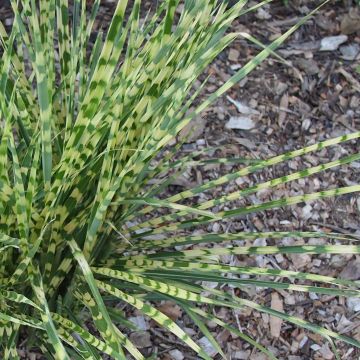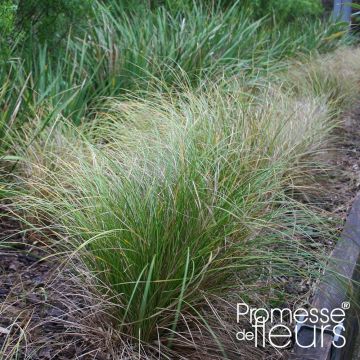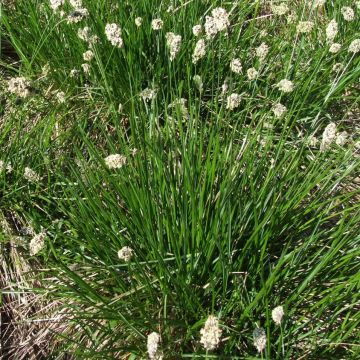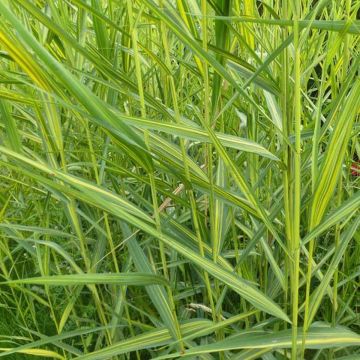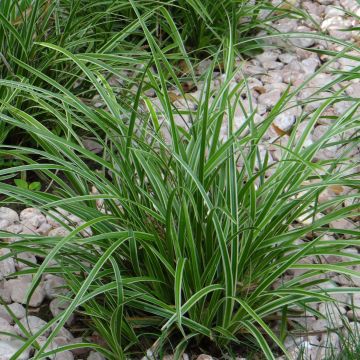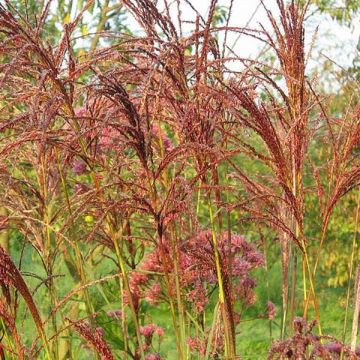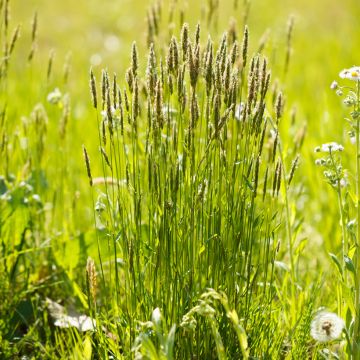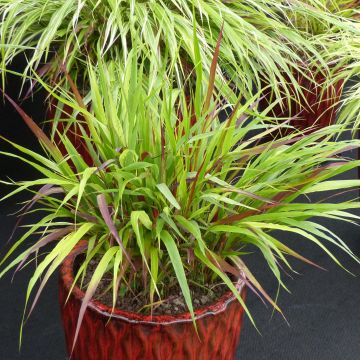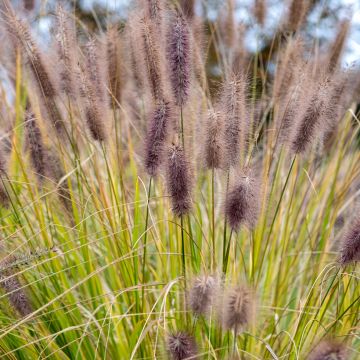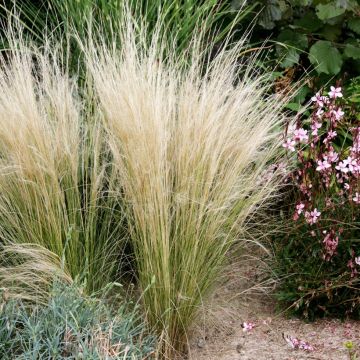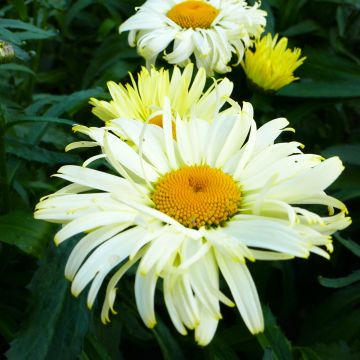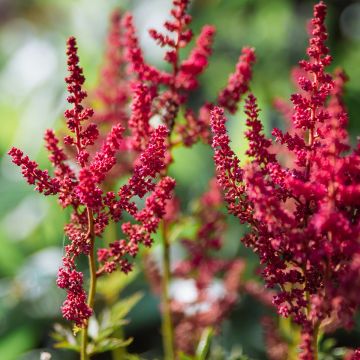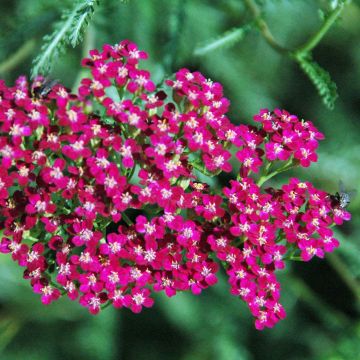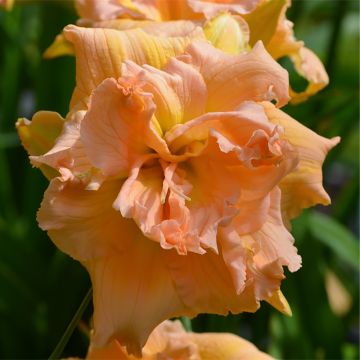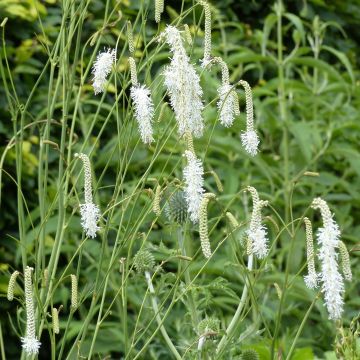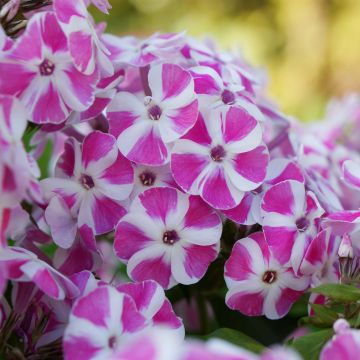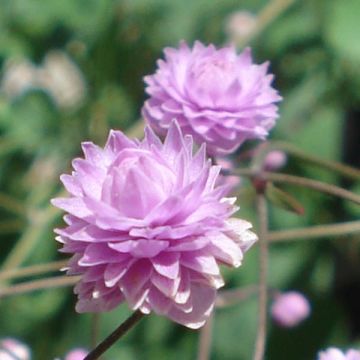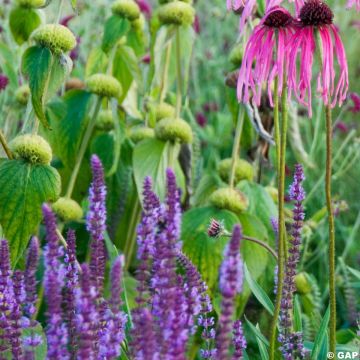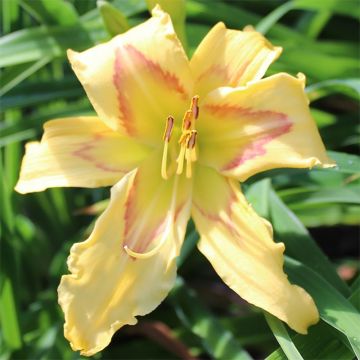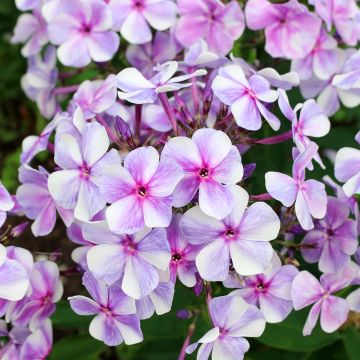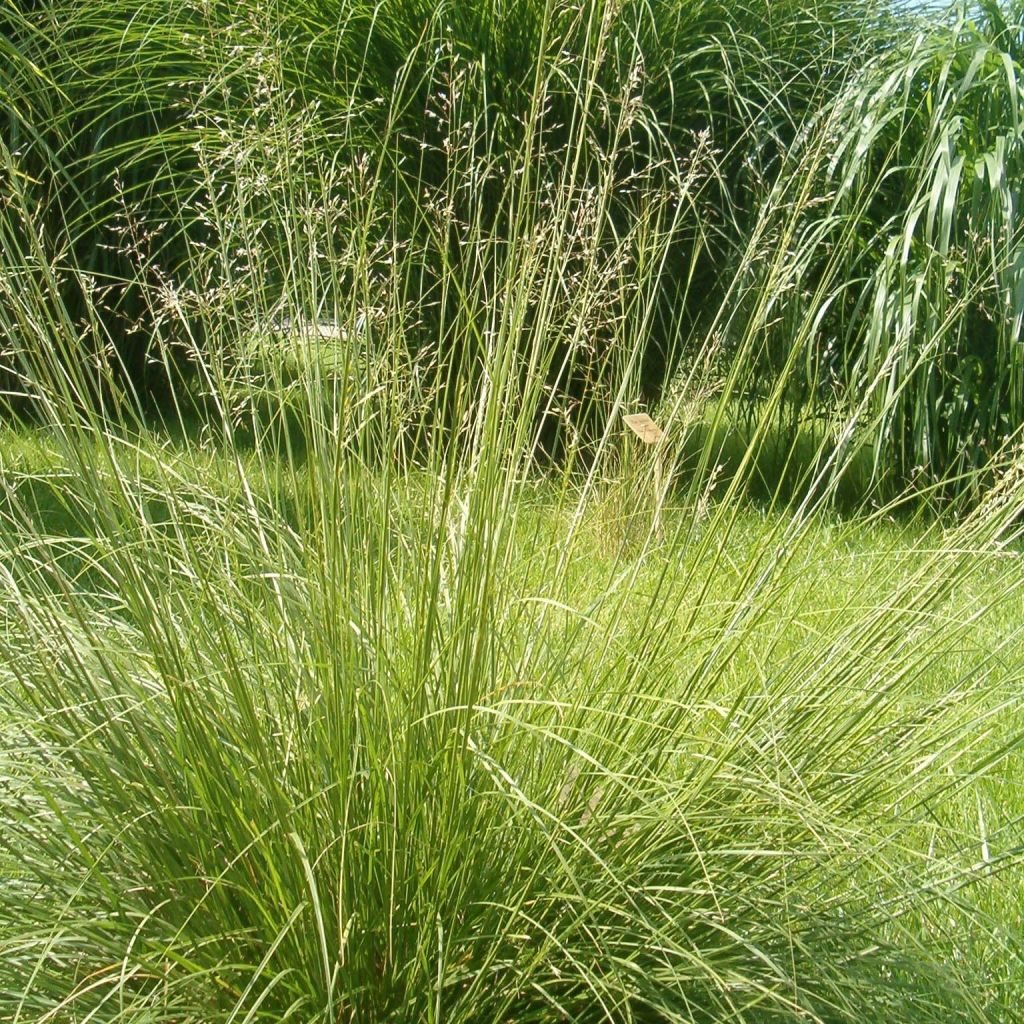

Sporobolus heterolepis Wisconsin Strain
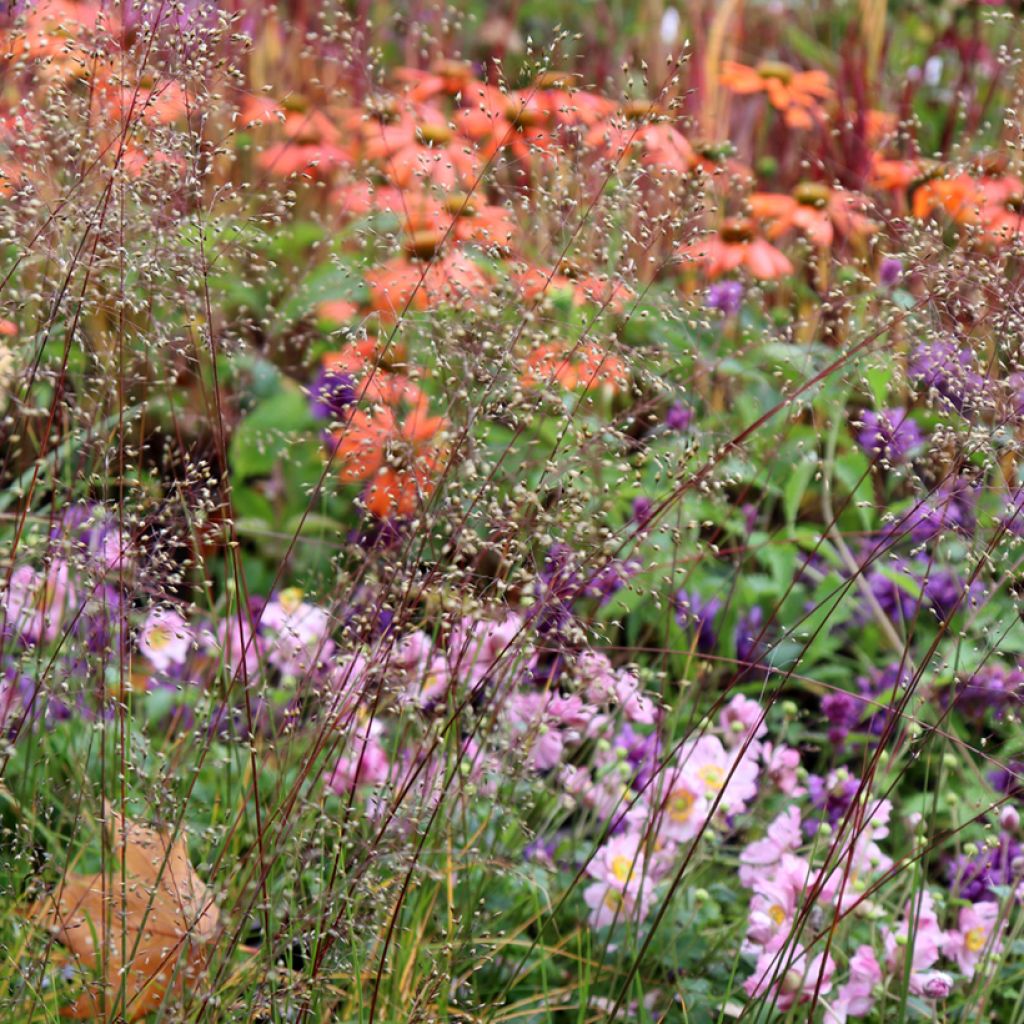

Sporobolus heterolepis Wisconsin Strain
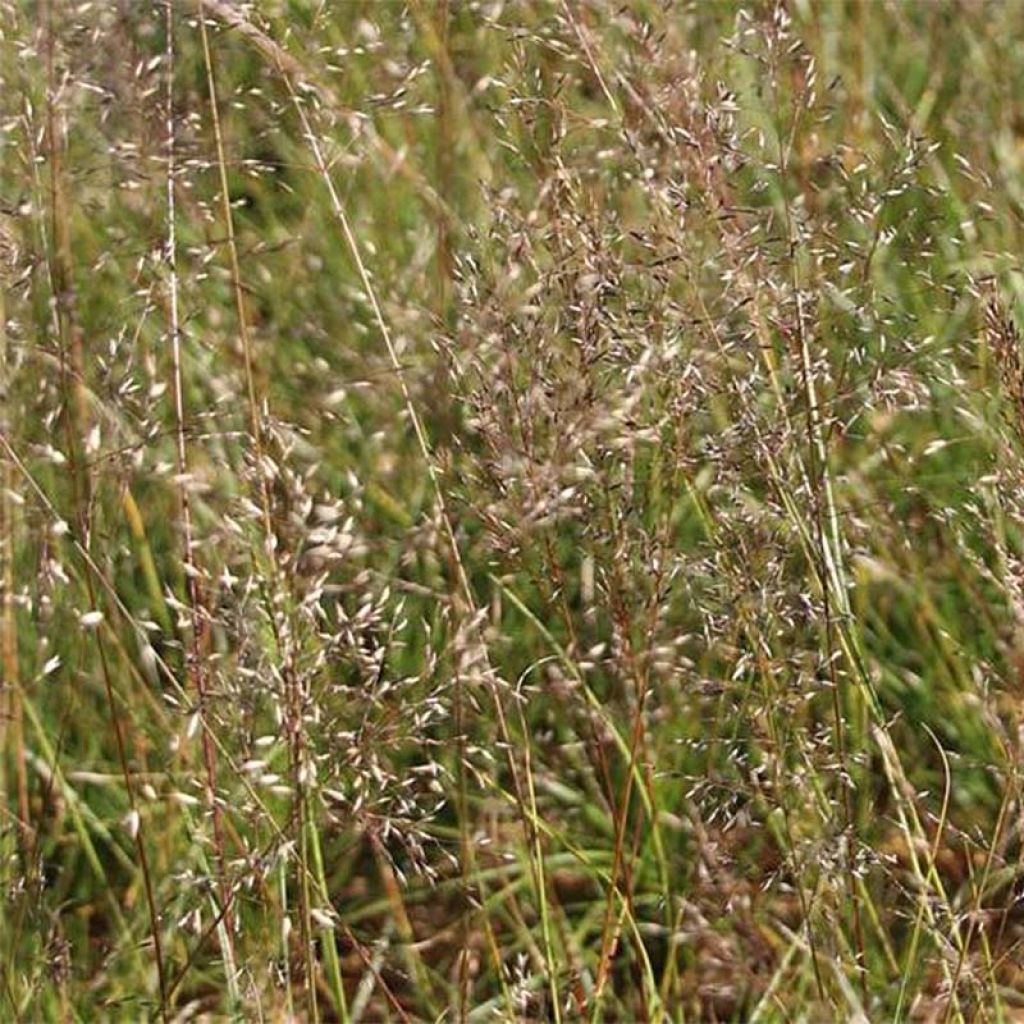

Sporobolus heterolepis Wisconsin Strain
Sporobolus heterolepis Wisconsin Strain
Sporobolus heterolepis Wisconsin Strain
I was afraid of losing some of them as they remained in a vegetative state for several months. April has been exceptionally warm here, which surely explains that. Today, they have vine-plants/seeds, but they are still quite small.
laurence D., 03/10/2020
This item cannot be shipped to the selected country
Delivery charge from €5.90
More information
Schedule delivery date,
and select date in basket
This plant carries a 12 months recovery warranty
More information
We guarantee the quality of our plants for a full growing cycle, and will replace at our expense any plant that fails to recover under normal climatic and planting conditions.
From €5.90 for pickup delivery and €6.90 for home delivery
Express home delivery from €8.90.
Does this plant fit my garden?
Set up your Plantfit profile →
Description
Sporobolus heterolepis 'Wisconsin Strain' is an earlier, more colourful and even more ornamental selection of a graceful grass native to the North American central plains. This remarkable perennial combines a bushy habit, fine structure and beautiful colours. Its fine and changing foliage is painted with orange, copper and bronze at the end of the season and can persist in winter. It flowers in the heart of summer with a transparent mist of red-brown flowers above its foliage, delicately scented with coriander when opening. Full of elegance and finesse, this sun-loving grass is adapted to poor, dry, rocky or clayey soils. It deserves a special place in the garden.
Sporobolus heterolepis belongs to the Poaceae family. This botanical species is found from Canada to Texas, through Missouri, where it covers vast sun-drenched areas, with its roots deep in the parched lands of the windswept plains. The cultivar 'Wisconsin Strain' was presumably discovered in the state of Wisconsin in the U.S.A. It forms a dense and rather low clump, 30-40 cm (12-16in) tall and 50 cm (20in) wide, a bit slow to establish but very long-lasting. The foliage is linear, thin, flexible and arched, initially emerald green in spring, turning rust orange in autumn, and finally light copper to bronze in winter. Flowering occurs in July, in the form of large airy panicles of open, graceful, quite showy, pink-red flowers marked with brown, noticeable for their evasive spicy fragrance. They are borne on long stems, 70-80 cm (28-32in) tall, well above the foliage. The flowers give way to small round, decorative seeds. It is a long-lived plant that is not invasive.
Sporobolus heterolepis 'Wisconsin Strain' is an ideal ground cover in hot and dry climates, and slightly wild areas of the garden. It performs well in rockeries, on rocky slopes, and in sunny borders. This grass will be enhanced by mass planting, along a path or at the forefront of a late-flowering flower or shrud bed (Caryopteris, Perovskia, Ceratostigma griffitii...). In a perennial bed, for example, associate it with Amsonia hubrichtii, another perennial from Arkansas and Oklahoma with golden asparagus foliage in autumn, with 'little Carlow' aster, turban aster with bright mauve-blue flowers, pink or orange echinaceas, or the astonishing pink hair of Muhlenbergia capillaris. This grass also grows well in pots.
Report an error about the product description
Sporobolus heterolepis Wisconsin Strain in pictures
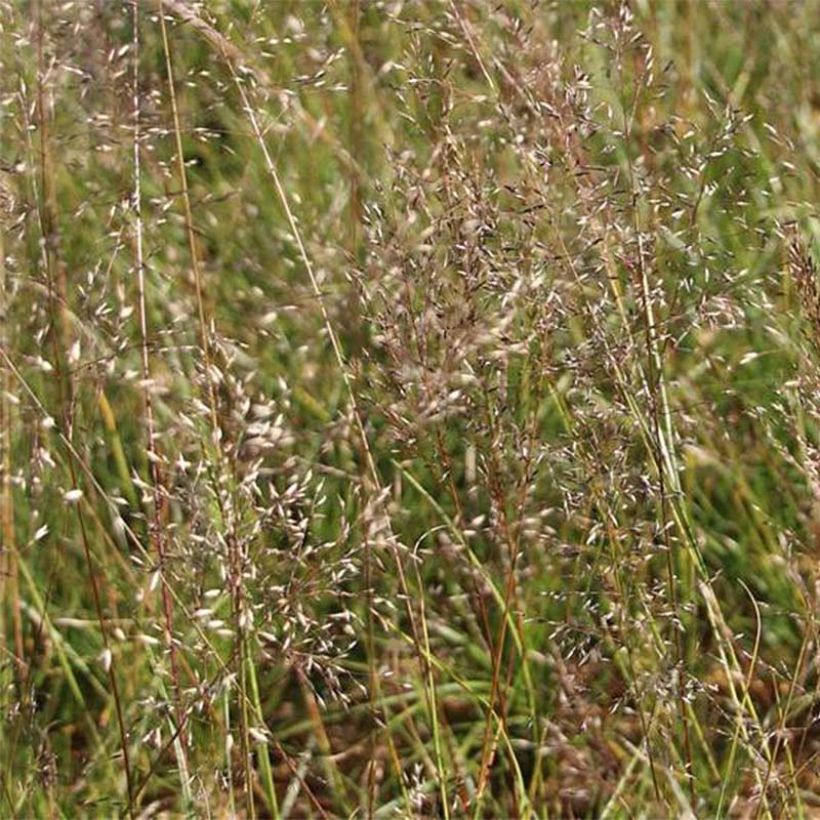

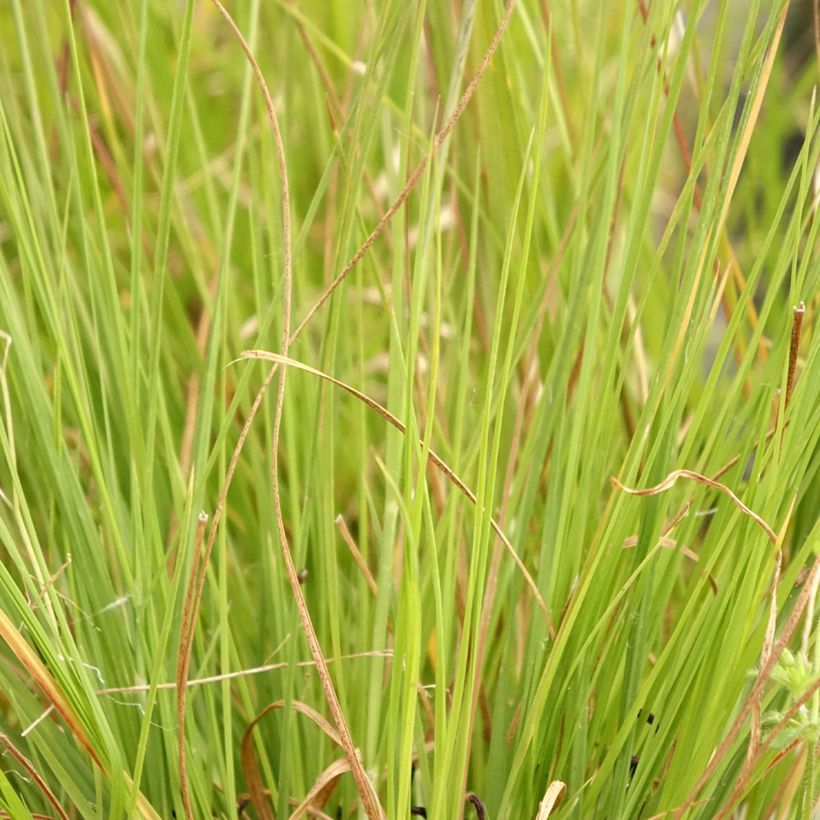

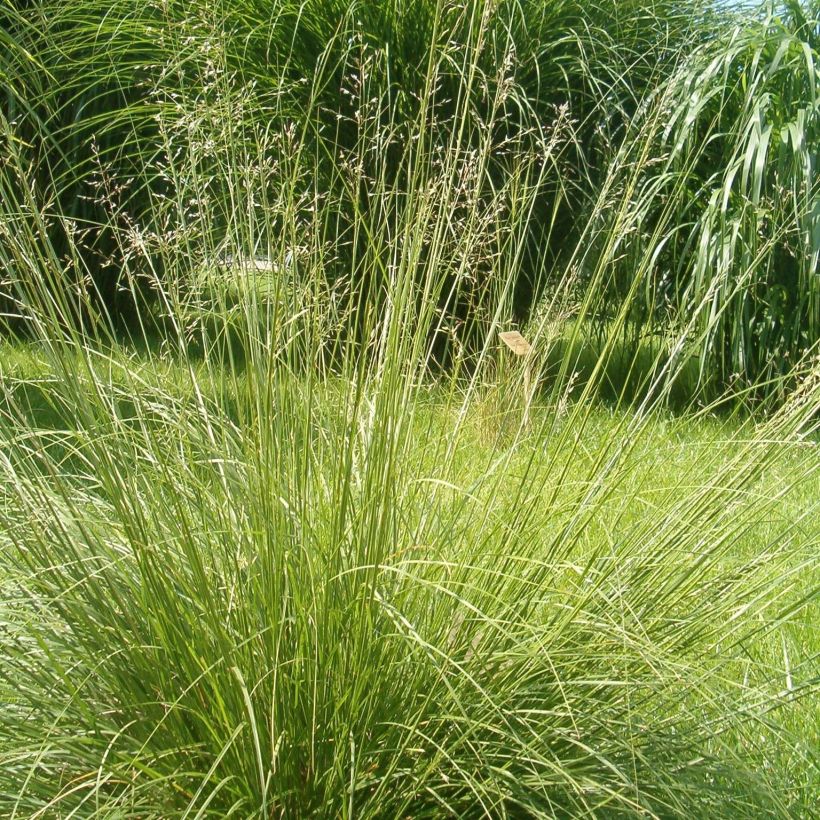

Flowering
Foliage
Plant habit
Botanical data
Sporobolus
heterolepis
Wisconsin Strain
Poaceae
North America
Other Ornemental grasses A to Z
Planting and care
Sporobolus heterolepis Wisconsin Strain enjoys a sunny exposure and dry to moist soil. This plant tolerates a wide range of soils, clayey, rocky, sandy, limestone or neutral, but always well-drained. It withstands summer drought once established. It requires little maintenance, but it is a good idea to remove faded inflorescences to avoid self-seeding in the garden.
Planting period
Intended location
Care
-
, onOrder confirmed
Reply from on Promesse de fleurs
Summer flowering perennials
Haven't found what you were looking for?
Hardiness is the lowest winter temperature a plant can endure without suffering serious damage or even dying. However, hardiness is affected by location (a sheltered area, such as a patio), protection (winter cover) and soil type (hardiness is improved by well-drained soil).

Photo Sharing Terms & Conditions
In order to encourage gardeners to interact and share their experiences, Promesse de fleurs offers various media enabling content to be uploaded onto its Site - in particular via the ‘Photo sharing’ module.
The User agrees to refrain from:
- Posting any content that is illegal, prejudicial, insulting, racist, inciteful to hatred, revisionist, contrary to public decency, that infringes on privacy or on the privacy rights of third parties, in particular the publicity rights of persons and goods, intellectual property rights, or the right to privacy.
- Submitting content on behalf of a third party;
- Impersonate the identity of a third party and/or publish any personal information about a third party;
In general, the User undertakes to refrain from any unethical behaviour.
All Content (in particular text, comments, files, images, photos, videos, creative works, etc.), which may be subject to property or intellectual property rights, image or other private rights, shall remain the property of the User, subject to the limited rights granted by the terms of the licence granted by Promesse de fleurs as stated below. Users are at liberty to publish or not to publish such Content on the Site, notably via the ‘Photo Sharing’ facility, and accept that this Content shall be made public and freely accessible, notably on the Internet.
Users further acknowledge, undertake to have ,and guarantee that they hold all necessary rights and permissions to publish such material on the Site, in particular with regard to the legislation in force pertaining to any privacy, property, intellectual property, image, or contractual rights, or rights of any other nature. By publishing such Content on the Site, Users acknowledge accepting full liability as publishers of the Content within the meaning of the law, and grant Promesse de fleurs, free of charge, an inclusive, worldwide licence for the said Content for the entire duration of its publication, including all reproduction, representation, up/downloading, displaying, performing, transmission, and storage rights.
Users also grant permission for their name to be linked to the Content and accept that this link may not always be made available.
By engaging in posting material, Users consent to their Content becoming automatically accessible on the Internet, in particular on other sites and/or blogs and/or web pages of the Promesse de fleurs site, including in particular social pages and the Promesse de fleurs catalogue.
Users may secure the removal of entrusted content free of charge by issuing a simple request via our contact form.
The flowering period indicated on our website applies to countries and regions located in USDA zone 8 (France, the United Kingdom, Ireland, the Netherlands, etc.)
It will vary according to where you live:
- In zones 9 to 10 (Italy, Spain, Greece, etc.), flowering will occur about 2 to 4 weeks earlier.
- In zones 6 to 7 (Germany, Poland, Slovenia, and lower mountainous regions), flowering will be delayed by 2 to 3 weeks.
- In zone 5 (Central Europe, Scandinavia), blooming will be delayed by 3 to 5 weeks.
In temperate climates, pruning of spring-flowering shrubs (forsythia, spireas, etc.) should be done just after flowering.
Pruning of summer-flowering shrubs (Indian Lilac, Perovskia, etc.) can be done in winter or spring.
In cold regions as well as with frost-sensitive plants, avoid pruning too early when severe frosts may still occur.
The planting period indicated on our website applies to countries and regions located in USDA zone 8 (France, United Kingdom, Ireland, Netherlands).
It will vary according to where you live:
- In Mediterranean zones (Marseille, Madrid, Milan, etc.), autumn and winter are the best planting periods.
- In continental zones (Strasbourg, Munich, Vienna, etc.), delay planting by 2 to 3 weeks in spring and bring it forward by 2 to 4 weeks in autumn.
- In mountainous regions (the Alps, Pyrenees, Carpathians, etc.), it is best to plant in late spring (May-June) or late summer (August-September).
The harvesting period indicated on our website applies to countries and regions in USDA zone 8 (France, England, Ireland, the Netherlands).
In colder areas (Scandinavia, Poland, Austria...) fruit and vegetable harvests are likely to be delayed by 3-4 weeks.
In warmer areas (Italy, Spain, Greece, etc.), harvesting will probably take place earlier, depending on weather conditions.
The sowing periods indicated on our website apply to countries and regions within USDA Zone 8 (France, UK, Ireland, Netherlands).
In colder areas (Scandinavia, Poland, Austria...), delay any outdoor sowing by 3-4 weeks, or sow under glass.
In warmer climes (Italy, Spain, Greece, etc.), bring outdoor sowing forward by a few weeks.

































